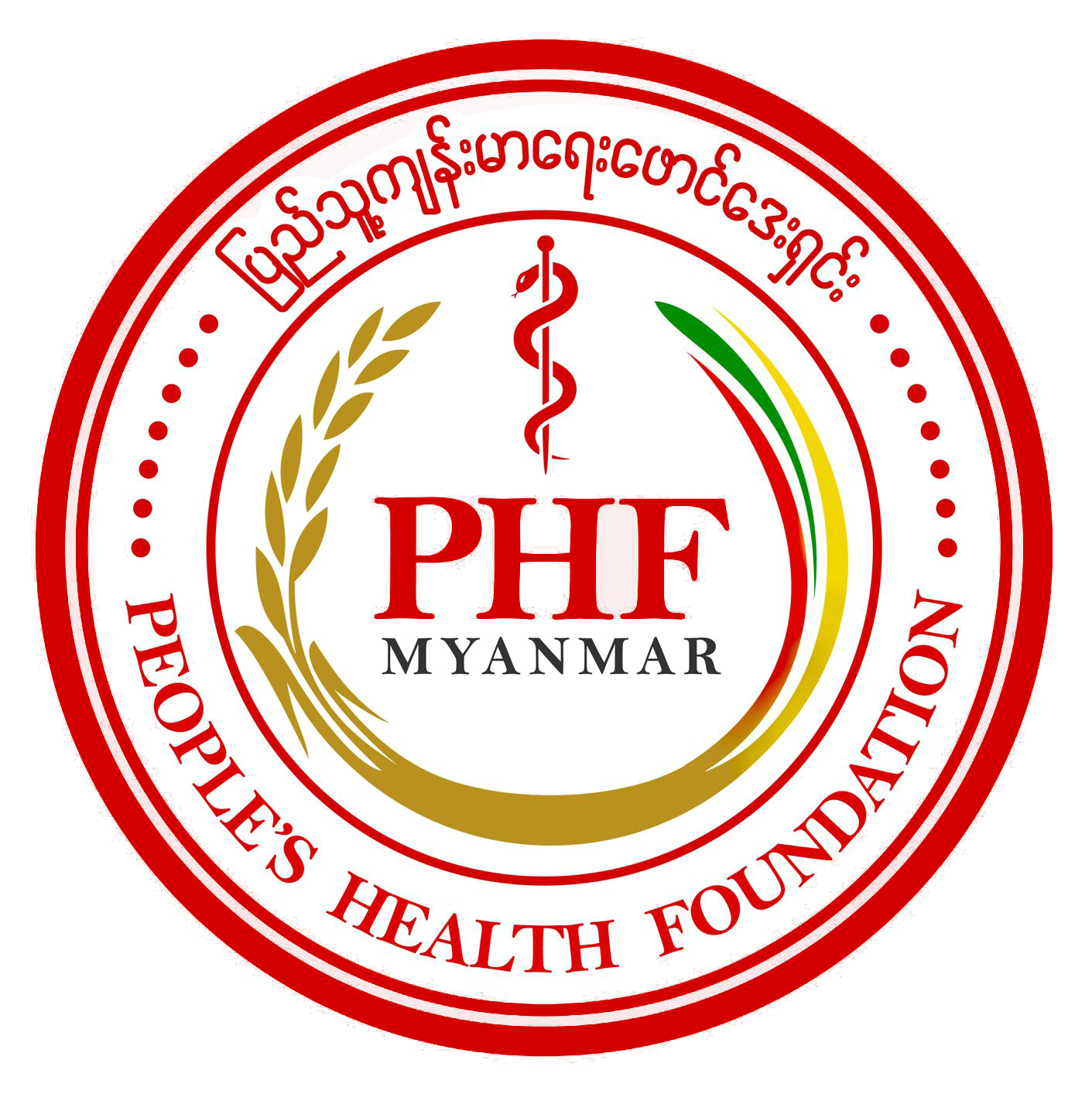Raising tobacco tax is a simple and effective tobacco control measure. In addition to reducing cigarette consumption, tobacco tax typically generates higher tax revenue. A certain proportion of this revenue could be dedicated to use for implementing and enforcing tobacco control policies, and for funding related public health and social programmes. Present paper is an update of the original paper published in July 2018 by the People’s Health Foundation (PHF), on “Update on Tobacco Use, Tobacco Industry, and Tobacco Taxation in Myanmar, 2018”. It highlights a brief update on the current situation of tobacco use, tobacco industry, and tobacco taxation in Myanmar as of July, 2020. It provides background information on how Myanmar is trying to implement the guidelines on WHO FCTC Article 6.
Several studies on the use of tobacco and its products in Myanmar in the last 25 years highlighted the need for addressing tobacco issues seriously. Although no national representative survey on tobacco use has been carried out until present date, all surveys showed a high prevalence of tobacco use (both smoking and smokeless tobacco) (around 40%) among adults of above 15 years. According to the WHO Non-communicable Disease (NCD) Risk Factor Survey conducted in 2014 revealed that 62.2% of adult male (25-64 years) and 24.1% of adult female were smokeless tobacco users. To meet the reduced prevalence of NCDs goal and meet a 30% relative reduction in the prevalence of current tobacco use in persons aged 15+ years by 2025, reducing the prevalence of cigarette smoking among youth are crucial, and therefore, Myanmar should accelerate its comprehensive tobacco control activities with greater focus on youths.
Regarding the tobacco growing in Myamar, there are two main types of tobacco – Virginia tobacco (Nicotiana tabacum) and Myanmar tobacco (Nicotiana rustica), covering less than 0.2% of the net area sown. Mandalay and Magway Regions in central Myanmar are known to have the largest tobacco producers with the annual production of 7.3 million viss and 2.5 million viss respectively. Total annual yield of Myanmar tobacco is around 15 million viss (around 22,500 tons).
Production data, as per Myanmar Statistical Year Book 2016, showed that there was a marked decrease in cheroot production from five billion sticks in late 1990s to around two billion sticks by 2015. Around the same period, the cigarette production is increased from 2.5 billion in late 1990s to nearly 9 billion sticks by 2015-16.
Existing national tobacco control legislation, which covers mainly demand reduction, needs to be upgraded to become a comprehensive legislation in accordance with the international health treaty – WHO FCTC, and its guidelines, and also in harmony with other ASEAN countries.
Consistent favourable economic growth in Myanmar in the last few decades provides an opportunity for strong public support to allocating more financial resources to health sector, including health promotion activities. It gives good ground to reorient and increase quality of life through cost-effective interventions on primary prevention of risk factors, notably tobacco, alcohol, unhealthy diet, obesity and sedentary life styles.
Appropriate price and tax measures should be implemented to raise prices of tobacco products, because it is the most effective way to reduce consumption. Price and tax measures should aim at increasing prices harmoniously for all tobacco products, both local and imported, in order to prevent substitution.
Policy on raising taxes and prices of tobacco products has been described as the single most effective measure for reducing tobacco consumption. Myanmar’s policy on raising taxation of tobacco and tobacco products need to be reviewed in the context of raising revenue, taxation methodology (ad-valorem, specific, mix, tiered, GST, and VAT), taxation rates, tax administration, sharing revenue at the Union and Region levels, and sharing collected tax resources for health and other social development.
Transparency on comprehensive information related to tobacco-related industries is required for effective control measures. Information about registered companies,
- how much they earned (tobacco industry profit),
- how much they pay for tax (tax payment),
- where are their main offices and factories,
- what is the annual production target and actual amount of produce (production volume and target),
- what and from where they have imported tobacco related materials,
- what proportion of this factory products sold within and exported, etc.,
is required for taxation policy and illicit trade control.
Present Book is an update on tobacco use, tobacco production, and tobacco taxation as of 2020.
TOB_Use_Industry_Price_Tax_SEATCA_PHF-31 Jul 20_Final




